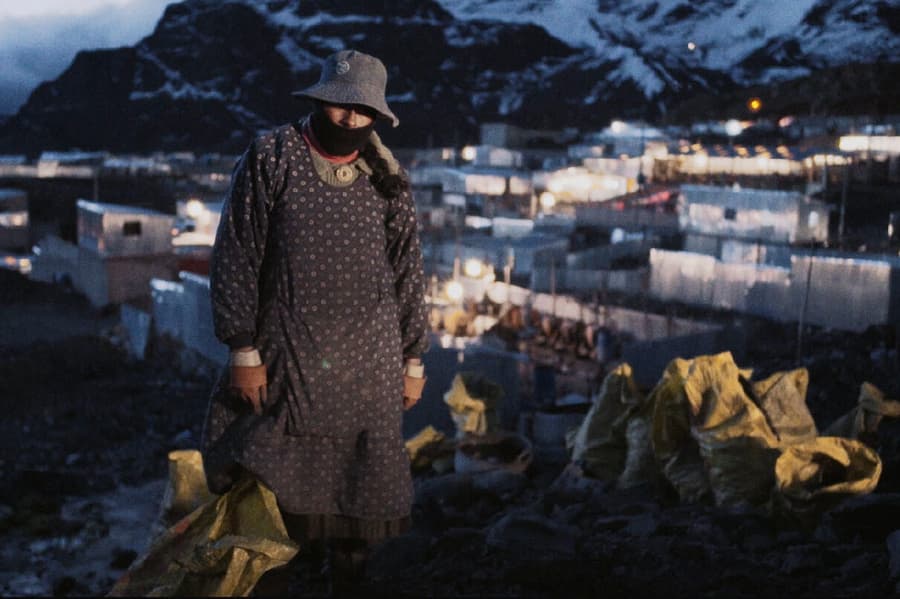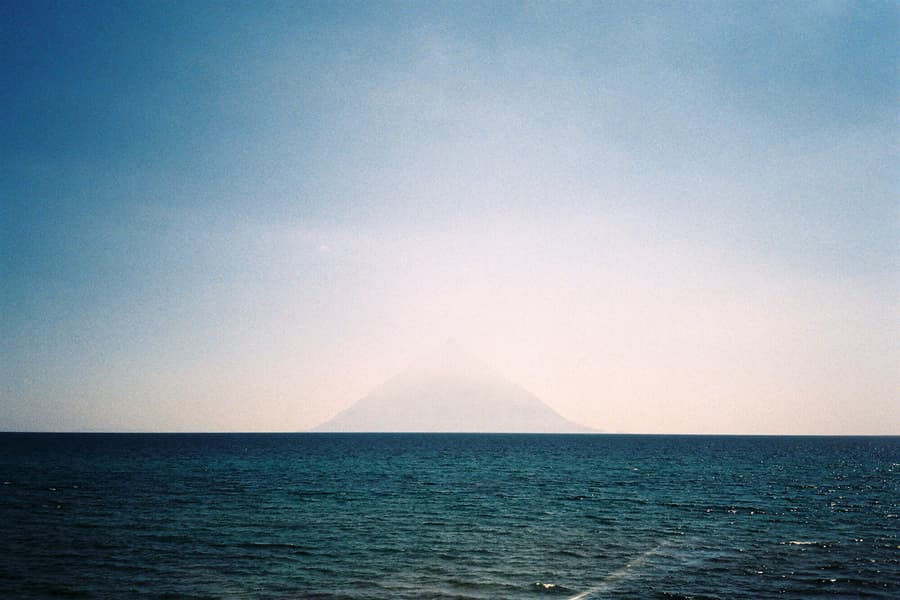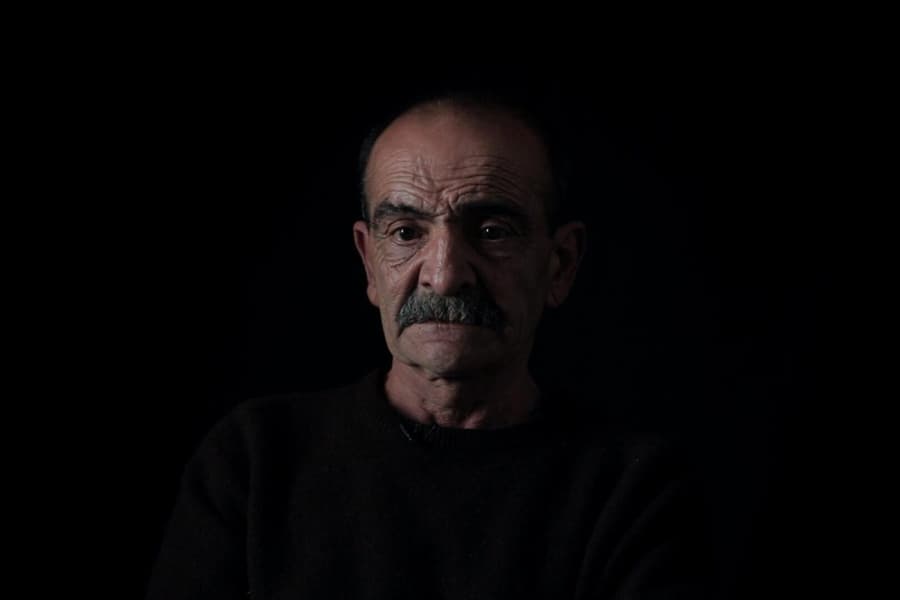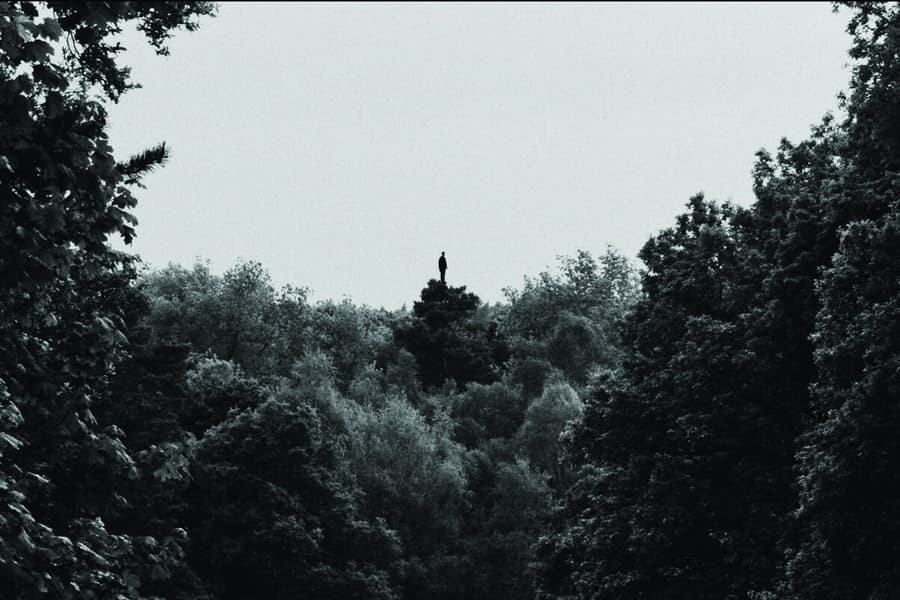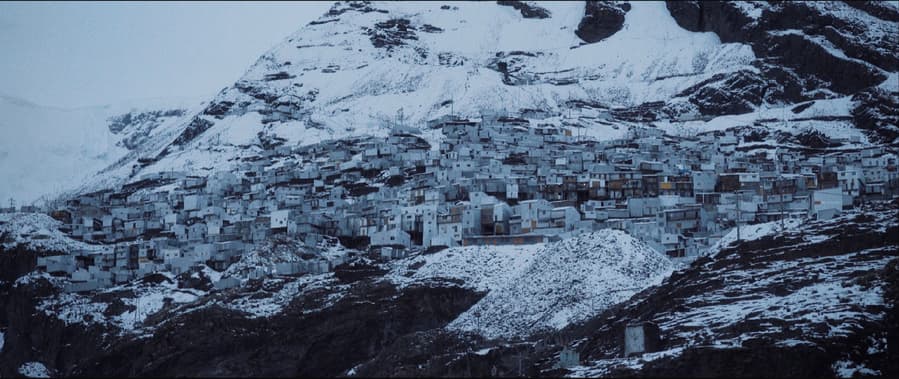Elsewhere, Within Here
The legacy of "the ethnographic film" has been the subject of scrutiny and refinement in the last two decades among both artists and filmmakers, and not least within the artistic documentary.
Ethnography is the study of the way of life and culture of different peoples. Ethnographic film has traditionally been a subcategory of the documentary film that studies "foreign" societies, their rituals and everyday life. In the traditional ethnographic film, the filmmaker is an invisible actor who observes from a distance from an apparently neutral location. This "objective" point of view was largely problematized in the 1960s when the ethnographic film flourished with, among others, the anthropologist and filmmaker Jean Rouch. In films such as La Pyramide Humaine (1961) and Makwayela (1977), Rouch made the camera a visible actor and thereby emphasized his own active role in the process.
In recent decades, artists and filmmakers have challenged and further revitalized the genre by exploring the ethnographic film's critical and aesthetic potential, and the film medium's ability to evoke bodily responses. Questions related to different knowledge regimes and the possibility of diverse approaches are at the center of the ethnographic film's new agenda, and further an interest in place, nature and other animal species. The anthropologists and artists Lucien Castaing-Taylor and Véréna Paravel have been leading the way in this context through the Sensory Ethnography Lab at Harvard, an interdisciplinary research center that produces films at the border between art film and ethnography. The ground-breaking Leviathan (2012) depicts life aboard an American fishing trawler. Almost without dialogue and with the help of a dozen cameras placed around the boat and among the fish being sorted, it puts the people on the periphery.
The posthumanist perspective and a destabilization of the distinction between documentary and fiction are characteristic of many of the films associated with the Sensory Ethnography Lab, by filmmakers such as Laura Huertas-Milán and J.P. Sniadecki, but also among newer generations of artists such as Salomé Lamas and Ana Vaz. Strategies that can be found again are minimalist action sequences and little dialogue, an interest in bodily gestures, and the use of an observing camera and long takes. Often the latter is taken to the extreme with ultra-long and static takes that turn the passage of time into a thematic and poetic move. These films move away from old debates about the documentary film, about legitimacy and truth value, and instead present a deep dive into the formal aspects - how camera, sound and editing help to make an anthropological investigation.
Perhaps one can argue that the ethnographic film is no longer just the study of someone, or about something, but can more easily be understood as encounters, interactions and interplay between ways of existing in the world.
The title "Elsewhere, Within Here" is borrowed from Trinh T. Minh-ha, which refers to migration and borders. It can also be a reference to the film's ability to transport spectators, to the experience of other lives and societies, and more specifically to how recent ethnographic film activates sensation and bodily responses and makes the film experience a meeting between different lives and horizons.
In connection with the screening series at Kunstnernes Hus Cinema and Home Cinema, we present new film essays on our website. The program is curated by Silja Espolin Johnson and supported by the Norwegian Film Institute and Fritt Ord.


